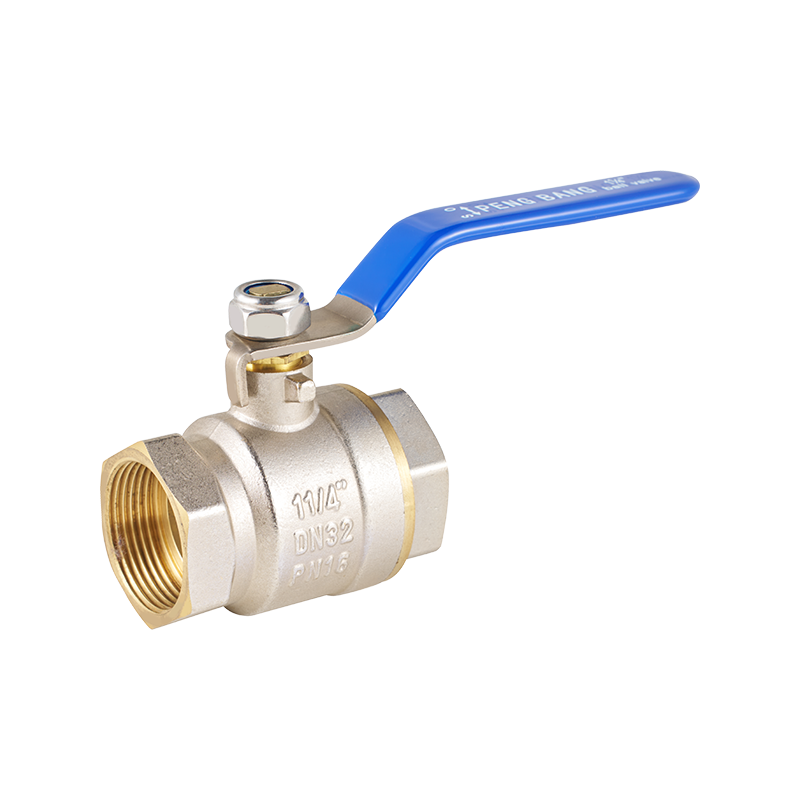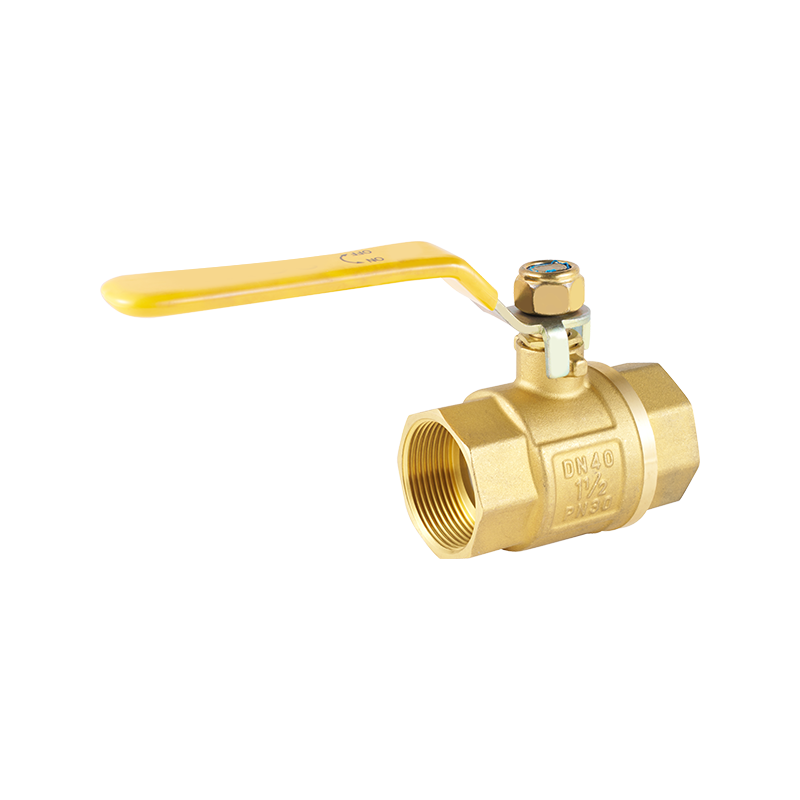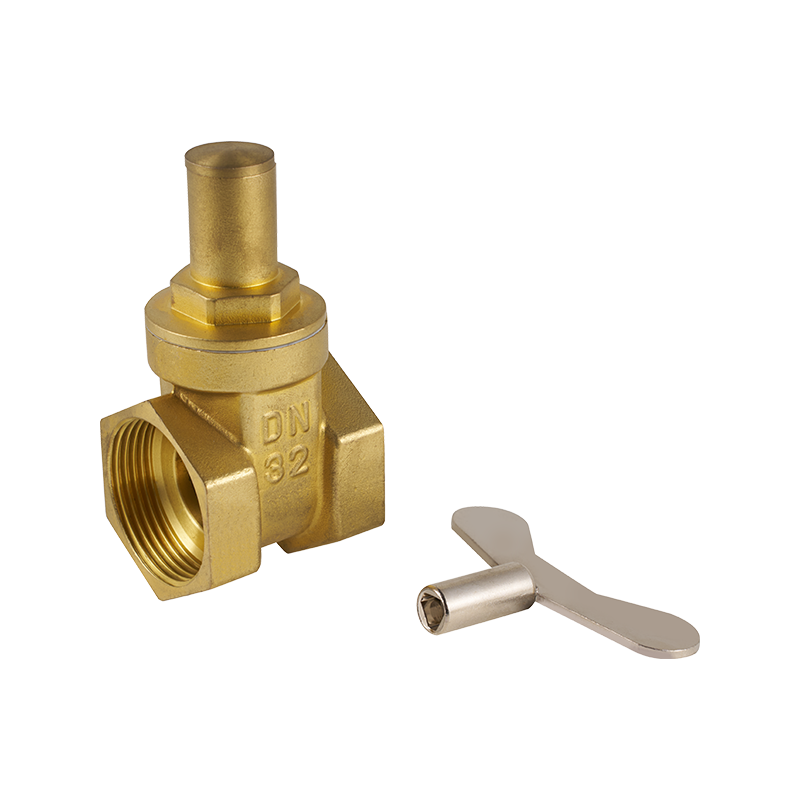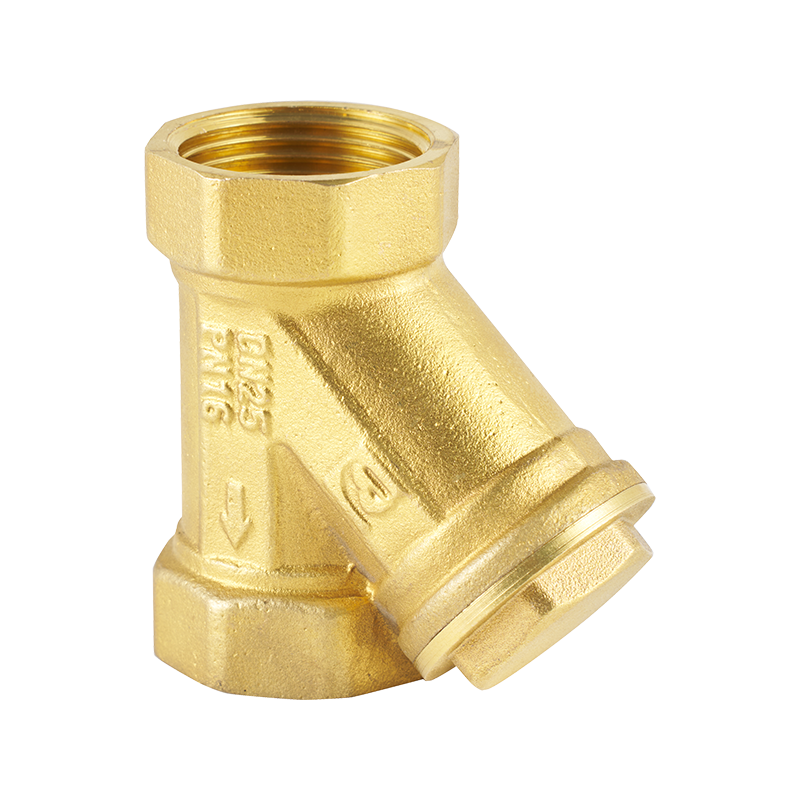Manifolds play a crucial role in managing water or heating flow within various plumbing and heating systems. Whether it's a single underfloor heating manifold or a complex multi-zone setup, proper installation is essential for efficient operation and long-term reliability. However, manifold installation can present challenges that may advance to leaks, uneven heating, or system failures if not addressed properly. This article explores some common issues encountered during manifold installation and offers practical solutions to fix them.
One frequent issue during manifold installation is improper sealing, which can cause leaks at connection points. Manifolds often connect with various valves and fittings, including components like a 6 inch stainless steel butterfly valve or an inline gas valve, depending on the system design. These connection points must be sealed carefully to prevent leaks. Using the correct type of sealing tape or compound designed for the materials in use is key. For example, when working with stainless steel butterfly valves, thread sealant rated for metal connections is advisable. Also, ensure that all threads are clean and free of debris before sealing. Over-tightening fittings can damage threads or crush seals, so tighten connections to manufacturer recommendations.

Another common problem is incorrect manifold placement or alignment. A single underfloor heating manifold needs to be installed in a way that allows easy access for maintenance and adjustments. Placing the manifold too close to walls or other obstructions can make future servicing difficult, which may cause delays and extra labor costs. In addition, poor alignment of piping and valves can introduce unnecessary stress on joints, increasing the risk of leaks or breaks. Using supports or brackets to hold the manifold and piping securely in place can reduce movement and wear over time. Checking that the manifold is level and properly spaced during installation is a good preventative step.
Air trapped in the manifold system is also a frequent issue that can affect performance, particularly in underfloor heating installations. Air bubbles can create noise, reduce flow rates, and cause uneven heat distribution. This is especially problematic for systems using single underfloor heating manifolds because they rely on balanced flow through multiple circuits. Installing air vents or automatic air separators at strategic points in the system can help release trapped air. After installation, bleeding the system properly is important to remove any residual air. Some manifolds come with integrated air vents, but it's essential to confirm this and install additional air release devices if needed.
Inconsistent flow rates across manifold circuits often trace back to balancing problems. Valves such as the inline gas valve or the 6 inch stainless steel butterfly valve used for flow control need to be adjusted carefully. If one circuit receives more flow than another, heating can become uneven, pilot to cold spots or inefficient energy use. Balancing valves allow for precise adjustment of flow to each branch of the manifold. During installation, measuring flow rates and making adjustments ensures that the system operates as intended. This is a step that can be overlooked but has a significant impact on system performance.
Compatibility of components is another factor that can cause problems if not considered carefully. For example, mixing valves of different materials or specifications, such as combining a stainless steel butterfly valve with plastic pipe fittings, may advance to galvanic corrosion or mechanical stress. It's important to use components designed to work together and follow manufacturer recommendations regarding material compatibility. When replacing or upgrading parts, ensure new components match the specifications of the existing system to avoid future failures.
Temperature control can also be challenging when installing manifolds. Some systems include inline gas valves or other control valves that regulate temperature or flow based on demand. If these valves are not calibrated or installed correctly, the system might overheat or underheat areas served by the manifold. Ensuring valves are installed according to technical guidelines and testing the system after installation helps identify temperature-related issues early. Using temperature sensors and monitoring devices in conjunction with the manifold can improve system responsiveness.
Finally, neglecting to perform pressure tests after manifold installation can result in undetected leaks or weak points. Pressure testing the entire manifold and connected piping allows installers to verify system integrity before putting it into service. It's recommended to perform tests at pressures higher than normal operating conditions, but within safe limits to avoid damage. Any detected leaks should be addressed immediately by tightening fittings, replacing seals, or adjusting installation techniques.
In conclusion, manifold installation involves attention to detail across multiple areas including sealing, alignment, air removal, flow balancing, component compatibility, temperature control, and pressure testing. Proper handling of these common issues can significantly improve the reliability and efficiency of systems that rely on components like a 6 inch stainless steel butterfly valve, a single underfloor heating manifold, or an inline gas valve. Taking a methodical approach during installation and following recommended practices ensures smoother operation and reduces the need for costly repairs down the line.


 English
English русский
русский Español
Español عربى
عربى






 CONTACT US
CONTACT US